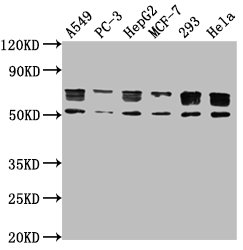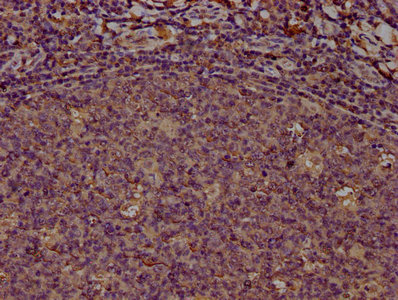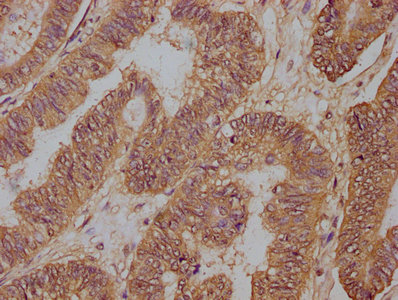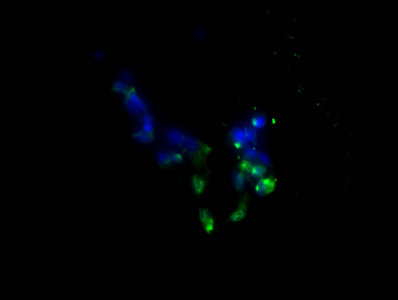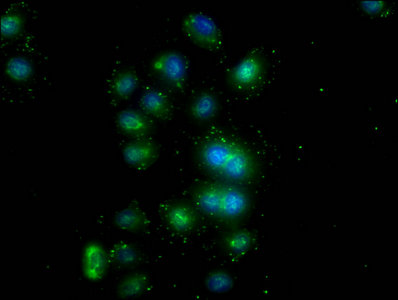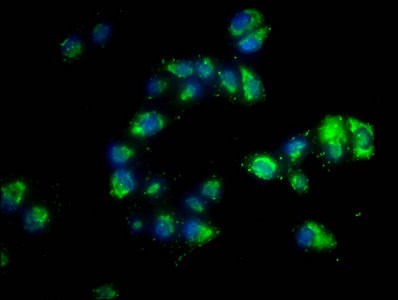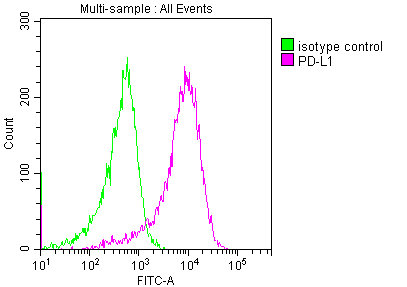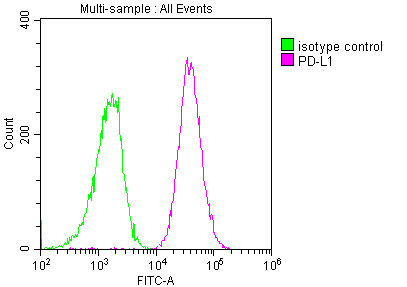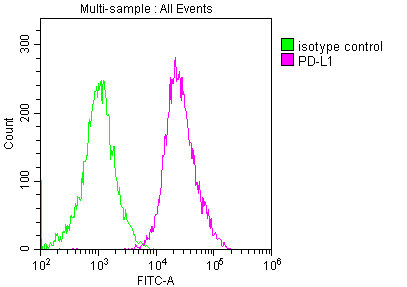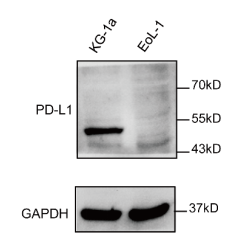In the preparation of this PD-L1 monoclonal antibody, a mouse is selected as the host animal. The recombinant human PD-L1 protein (19-238aa) was injected into the mouse to induce an immune response. Next, the spleen cells were removed from the immunized mouse and then fused with myeloma cells to generate hybridomas. PD-L1 antibody-producing-hybridomas were selected to culture. The PD-L1 monoclonal antibody was extracted from the mouse ascites and underwent purification by protein G affinity chromatography. Its specificity for human PD-L1 protein was validated in multiple applications, including ELISA, WB, IHC, IF, and FC.
PD-L1 plays a key role in regulating the immune system. When PD-L1 binds to its receptor PD-1 on T cells, it inhibits the T cell response and prevents it from attacking PD-L1-expressing cells. This mechanism is often exploited by cancer cells, which can upregulate PD-L1 expression to evade destruction by the immune system. Targeting PD-L1 with immunotherapy drugs has become an important treatment strategy for some types of cancer.

